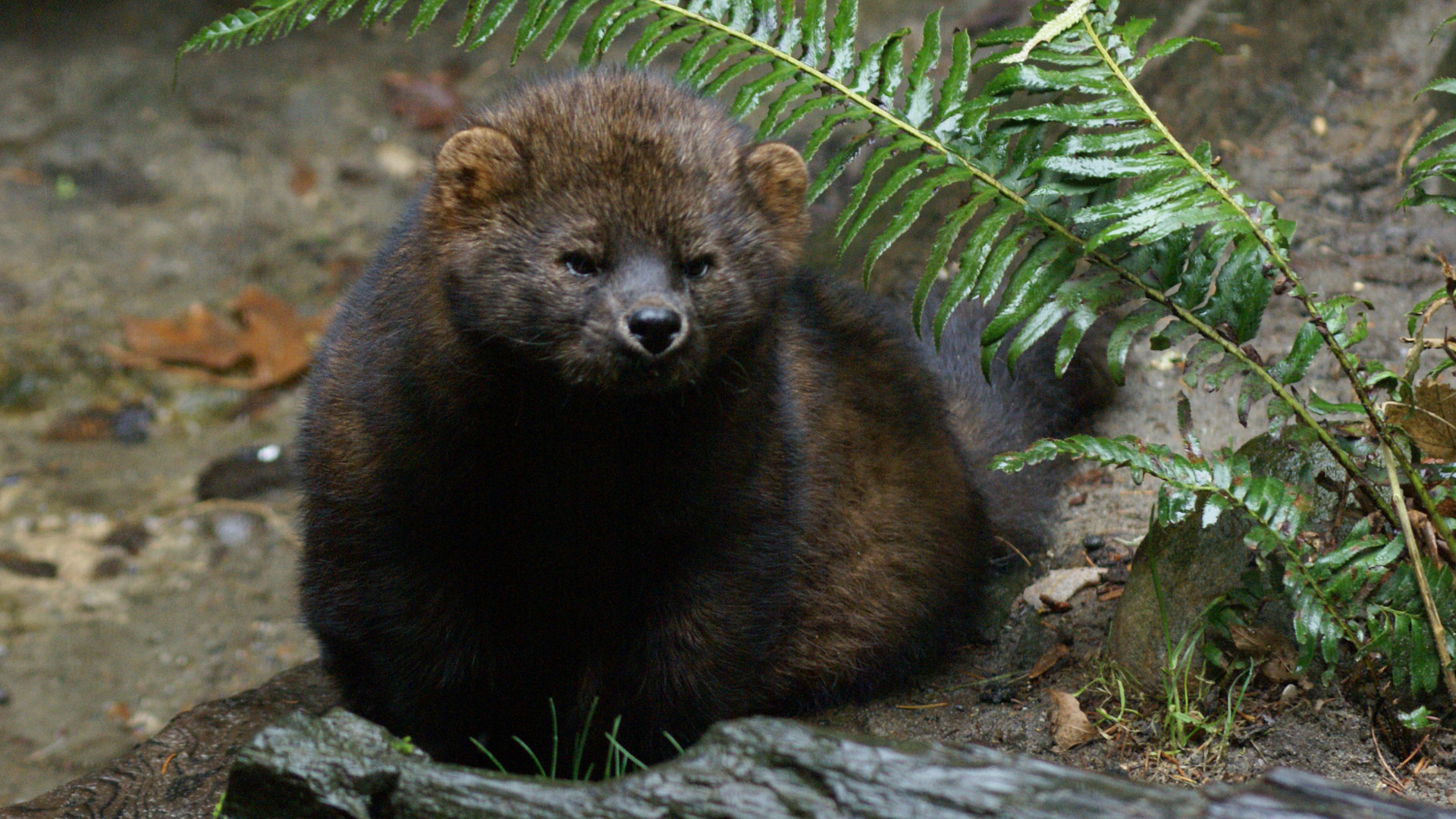Don’t miss this fascinating video by Day’s Edge Productions for bioGraphic, an online magazine about nature and sustainability.
In the late 19th and early 20th centuries, populations of the fisher (Pekania pennanti) — a forest-dwelling member of the weasel and otter family — were in steep decline across much of its native range of northern North America. Both fur trapping and habitat loss from logging and urbanization took a heavy toll. However, once trapping bans and timber harvest restrictions were put in place, the species rebounded in many regions.
Unfortunately, that trend hasn’t carried over to the West Coast of the U.S., where an isolated population of fishers, known as the Pacific fisher, continues to struggle. Scientists estimate that only 4,000 Pacific fishers remain, with just 300 left in California’s Sierra Nevada Range. These individuals now face a new and rising threat: illegal marijuana grow sites that are cropping up on public lands. Growers use poisons to protect their plants from rodents, and these chemicals are indiscriminate killers.
Despite the Pacific fisher’s high vulnerability to extinction, this little-known mammal has yet to receive federal protection under the Endangered Species Act. In the absence of this type of government regulation, an uneasy collaboration among scientists, conservation organizations, and the timber industry has filled in to take its place. For now, these efforts offer hope for the Pacific fisher — but without endangered species status, there are no assurances that current protections will continue into the future.
(The Revelator is published by the Center for Biological Diversity, one of the organizations featured in the above video.)
Additional Reading:



Smoking pot went from something cool to something really ecologically harmful. Growers have killed trees in National Forests to clear land for grows, then polluted waterways with diesel fuel from generators, in addition to spraying petrochemical pesticides that cause the toxic pollution described in this article. These growers were mainly Mexican gangs, though they weren’t the only ones.
If you smoke pot, the best thing you can do is to grow your own. If you buy it, make sure it’s from a grower that grows organically, does not pollute waterways with diesel fuel, and does not kill native trees or other plants in order to clear space for growing. If you don’t take these precautions, you are contributing to this problem.